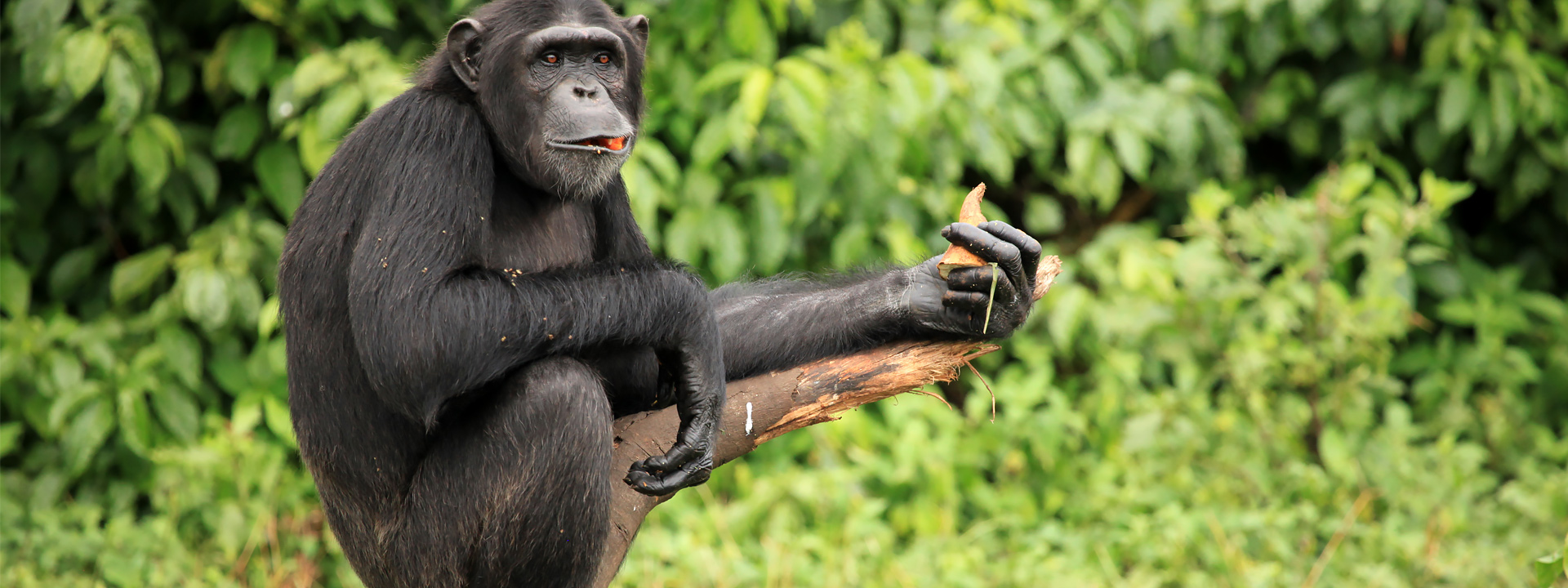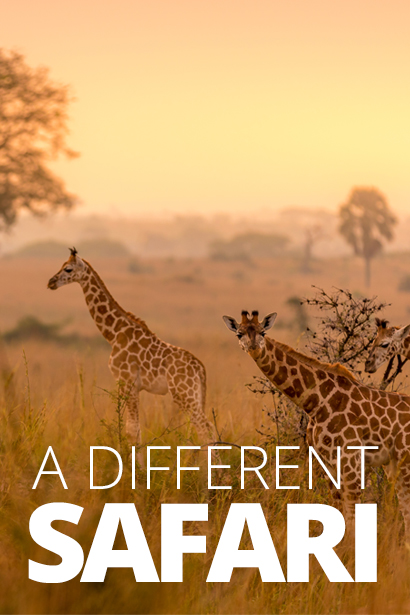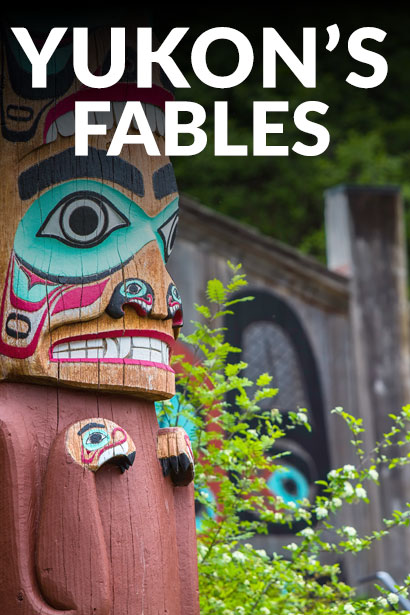

Search Uganda’s forests for Chimpanzees and Gorillas

Olive Baboon, Budongo forest, Uganda
Budongo Forest
I’m exploring Budongo Forest, an ancient tropical rainforest on the edge of Uganda’s Murchison Falls National Park. Rich in biodiversity, it’s home to more than 600 wild chimps, a small community of which have been painstakingly habituated to the presence of human visitors and can therefore be tracked on foot, either for an hour at a time or, by special arrangement, for a full day. Of course, I opted for the latter. Who wouldn’t want the chance to live among chimps for a day, from the first glimmer of dawn to nest-building time at dusk?
“We know this old man very well”, whispers Samuel Adue, my guide. “He often hangs out here, away from the others. It’s as if, from time to time, he just needs to be alone.” Some naturalists frown on anthropomorphism, but ever since British primatologist Jane Goodall observed that chimps exhibit distinct personalities, it’s been acceptable to bend the rules. Perched on a branch, with his arms draped casually over his knees, my distant cousin looks positively philosophical.
Starting from Kampala, an easy-going East African capital where birds squawk from the treetops and flashy boda-boda motorcycle taxis with solar-powered batteries weave through the traffic, you should head up-country for at least a week – preferably considerably more. Wildlife-wise, what can you expect? Chances are lions, elephants, hippos and giraffes will be high on your wishlist, and Uganda’s blockbuster national parks, Murchison Falls and Queen Elizabeth, can definitely deliver. But if you’ve already been on safari in Kenya, Tanzania or South Africa, you may want to seek out something different.
If you enjoy exploring forests and love the thrill of the chase, focus on monkeys, chimps and mountain gorillas. There are only around 20 primate species in Uganda’s forests and savannahs, including just two great apes – it’s about the quality of the experience. Tracking primates on foot is never less than thrilling, and a troop that has been habituated to visitors will, if you’re lucky, allow you to watch as they forage and interact. What’s more, primate-watching plays a crucial role in conservation. Park entrance fees, tracking permits and the jobs that primate-watching creates help preserve the building blocks of African ecology – its forests and water sources.
Because I’m keen to spend as much time with Uganda’s primates as I can, I’ve chosen a trip that ticks off all the best places to see them – with diversions into lion, elephant, hippo and giraffe country on the way. Naturally, I’ve booked a gorilla tracking permit. But first, it’s time for more chimps. Kibale Forest National Park is undoubtedly one of the best places in Africa to see them, so this is where I head next.

Kibale National Park, Uganda
Kibale Forest National Park
A chimping trip isn’t just a wildlife-watching experience, it’s a workout: they’re highly social, active and mobile, making each sighting hard-earned, as you hurry to keep up and crane your neck to glimpse them. Unlike Budongo, which is gloriously tangled, Kibale is more spacious, with gently undulating paths that are easy on the ankles and calves. But there’s a catch. Forest elephants find this habitat appealing, too. “We don’t want to bump into one of those”, says ranger Charles Turinawe, as he leads me into the forest. Feeling somewhat alarmed, I note that he’s armed.
Once again, I’ve booked a full-day visit, and for the first couple of hours, we crunch through a cathedral of mahoganies and newtonias, finding nothing. But my anxiety melts away when at last we discover a tableau of bliss – half a dozen female chimps in a fig tree, gorging delightedly, their young peeping out from their fur or trying out their tumbles and swings at a safe distance.
As the day unfolds, I grow quietly smug as others arrive to view ‘my’ chimps, then disappear after their allotted hour. Accustomed to visitors, the males swagger around with the nonchalance of rock stars among groupies. Fascinated, I watch power struggles play out: one group, competing for the attention of a female, are by turns aggressive, pounding on the buttresses of trees, and placatory, settling down to groom each other in a focused bout of male bonding. Later, at dusk, a chimp ambles down to a stream, selects a seed pod and scoops up mouthfuls of water. Silently watching this simple act, unique to the higher primates (and humans), is a moment of pure magic.

Vervet monkey, Queen Elizabeth National Park, Uganda.
Queen Elizabeth National Park
After Kibale, I head across the rippling grasslands of Queen Elizabeth National Park, passing buffalos and kob antelopes on the way. “Welcome to the Lost World!” says Nelson Natwijuka, my guide, as we begin our careful descent into Kyambura Gorge. It’s a dappled Eden, bright with birdsong and dense with heat. The busy Kyambura River rushes though, attracting hippos and elephants in large numbers. But my attention is focused on the trees.
This leafy, herb-scented pocket of green has a magnetic appeal for primate-watchers: spend two or three hours hiking its winding paths, crossing its log bridges and negotiating its steep, thickly vegetated slopes and there’s every chance you’ll clock up four or five species. But for the animals which dwell here, it’s a strange, limbo world, rich in food and water but confined, at just seven miles long, and surrounded by danger. Any primate that climbs out into the surrounding savannah is immediately vulnerable to lions and hyenas. Humans pose a threat, too. At the gorge’s southern tip, just outside the park, is an expanding village; its smallholders have cleared swathes of forest and do everything in their power to keep wild animals from raiding their crops.
In the first hour of our hike, we hear gaggles of red-tailed monkeys whirring in alarm. Black and white colobus monkeys, which chimpanzees hunt for sport when they have energy to spare, leap through gaps in the canopy, their shaggy-tipped tails streaming behind them. It’s a sign that chimps may be near, and soon we see one: an impressive male, chewing on fruit in a wild jambura tree.

Bwindi Impenetrable Forest
Bwindi Impenetrable Forest
In the half-day it takes me to reach the village of Buhoma, gateway to Uganda’s best-known primate-watching destination, the road climbs more than 2,000 feet and the temperature drops 10ºF. It was here, back in the 1990s, that gorilla tracking as a tourist activity took shape, and the village has had a strong sense of purpose ever since. Today, tourist lodges and craft shops rub shoulders with conservation organizations.
Bwindi Impenetrable Forest, the dense forest of hardwoods, ferns and bamboo that lies beyond Buhoma, is the ancestral home not just of mountain gorillas, but also of a forest people, the Batwa, who used to forage for antelopes, fruit and honey, making minimal impact on the ecosystem. Controversially, they were displaced to make way for the park, and since they couldn’t prove they owned any land, they received no compensation. While their struggle for justice remains unresolved, they have found ways to keep their traditions alive. An immersive outdoor show they call The Batwa Experience, demonstrating how they used to dress, gather medicines and cook, is as entertaining and spirited a cultural experience as any I’ve had in Africa.
On the morning of my gorilla tracking expedition, I rise before dawn and wolf down a rolex, the rolled-up, omelet-stuffed chapati that’s Uganda’s favorite breakfast. Soon, I hope, I’ll be locking eyes with a mountain gorilla in the wild – one of Africa’s most profoundly moving wildlife experiences. But at this stage, I’ve no idea how long the hike will take.
Eating well was a good move. Our route into the forest is relentlessly hilly, with precious little shade, and the trackers have set a blistering pace. Apparently, our gorilla family is on the move. At speed. “We have to push,” says ranger Stephen Migyisha. It’s tough going, but anticipation drives us on.
When at last we encounter the gorillas, even the trackers are taken aback. Their unusual behavior is explained: they were seeking a safe place to welcome a brand-new arrival. Peering into the shade of a shrub, we spot him, damp and impossibly tiny, clinging to his mother’s fur. We’re lost for words. These magnificent wild animals have no reason to allow us to approach. But they’ve chosen to do so, with a quiet, gentle acceptance that’s nothing short of humbling. It’s a gift I’ll never forget.
Book your safari adventure with us. Contact one of our travel agents today.



